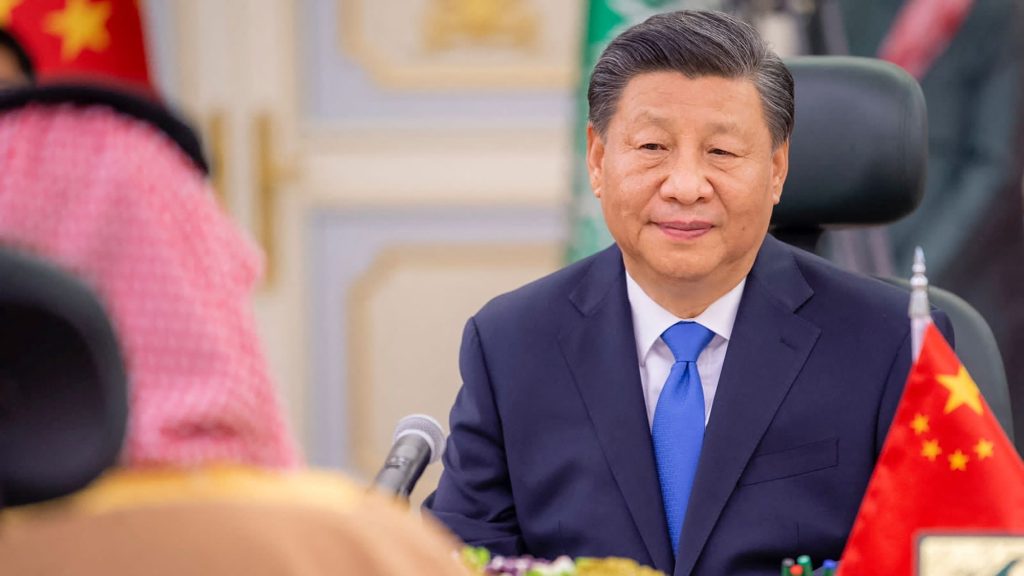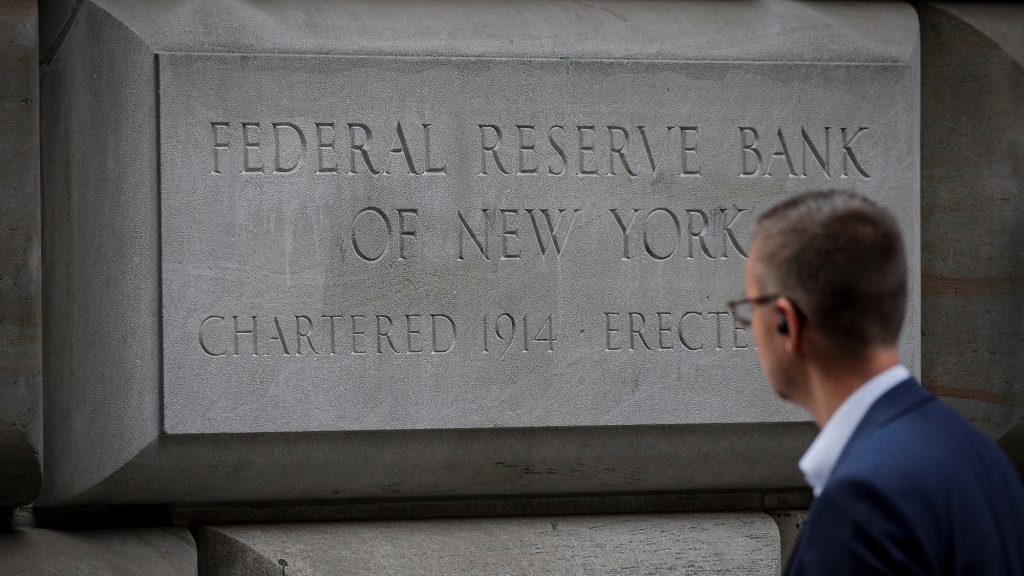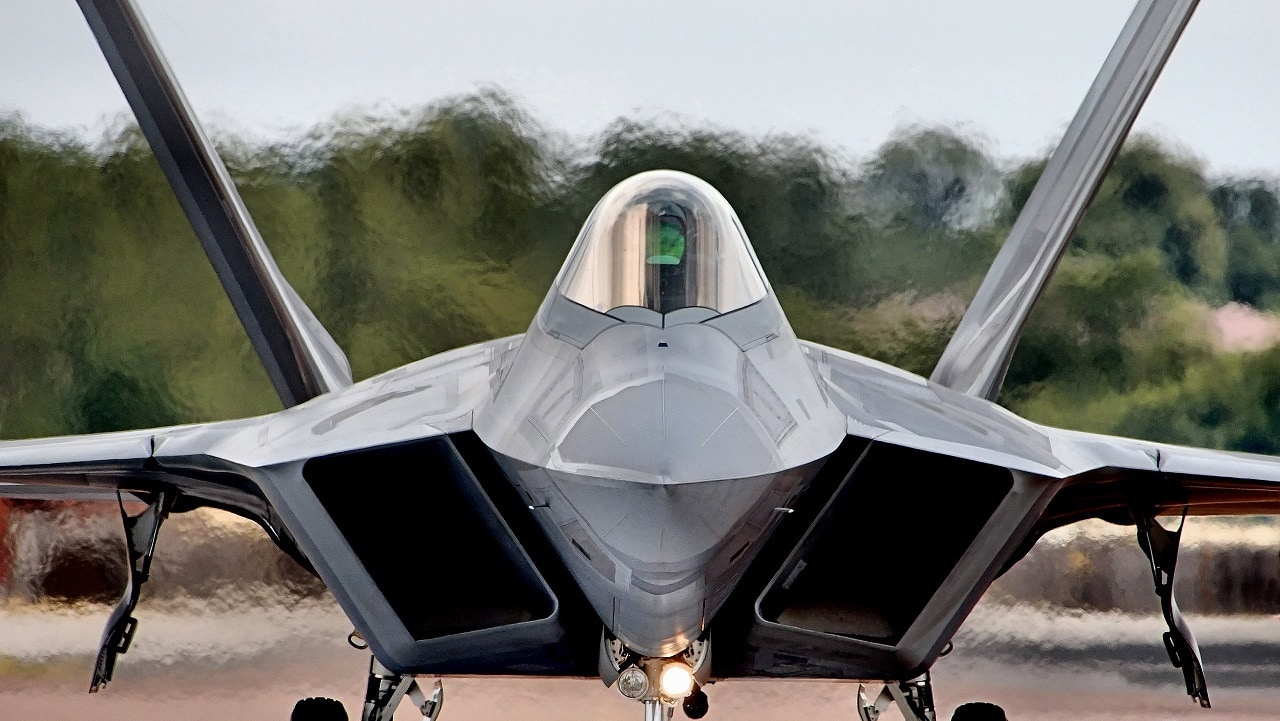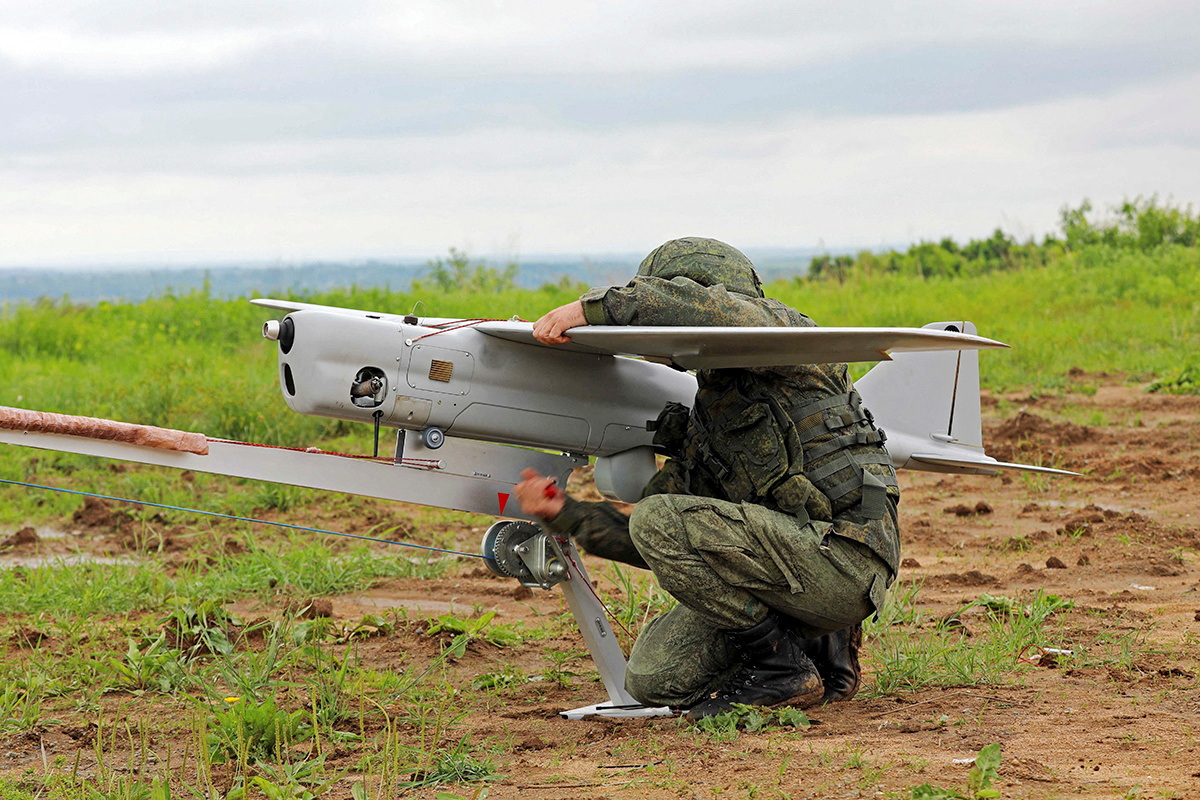VIJAY GOKHALE
The violent clash in the Galwan valley in eastern Ladakh in 2020 fundamentally altered the dynamics of the India-China relationship. China’s increasing transgressions and attempts at coercion in the border areas since 2008–2009 have put the boundary question to the center of the India-China relationship. The salience of this question has also increased because the geopolitical backlash to China’s actions in 2020 has been greater than in previous instances, and because India’s policymakers and strategic community are no longer willing to give Beijing the benefit of the doubt regarding its intentions and actions. This has prompted a comprehensive relook in India at the past, present, and future of the relationship. While much of this has focused on the relationship from the Indian perspective and on trying to understand India’s China policy, the current chill in ties has highlighted the necessity of understanding China’s India policy. Thus, using Chinese sources, this paper analyzes the drivers of that policy and the options available to Indian policymakers to engage with, adapt to, and mold it.
This paper argues that from the time of Mao Zedong’s rise to the helm of the Chinese Communist Party and the founding of the People’s Republic of China in 1949, China’s India policy has been shaped by its view of the larger great power strategic triangle of China, the Soviet Union (later Russia), and the United States. As this triangle has evolved, this has had a direct effect on the India-China relationship. For much of the past seventy years, China was the weakest corner of the triangle and therefore driven by goals of security and status. In that context, it saw India—another large, developing country in Asia—as a competitor for security and status alike. As a result, China always looked at India through the lens of its own relations with the Soviet Union and the United States. It did not view India on its own merits, or credit it with agency, but as unequal as well as untrustworthy. China’s objective during the Cold War was to keep India as neutral as possible. In the post–Cold War period, the goal evolved to limit through containment and coercion India’s capacity to harm China’s strategic goal of hegemony.













